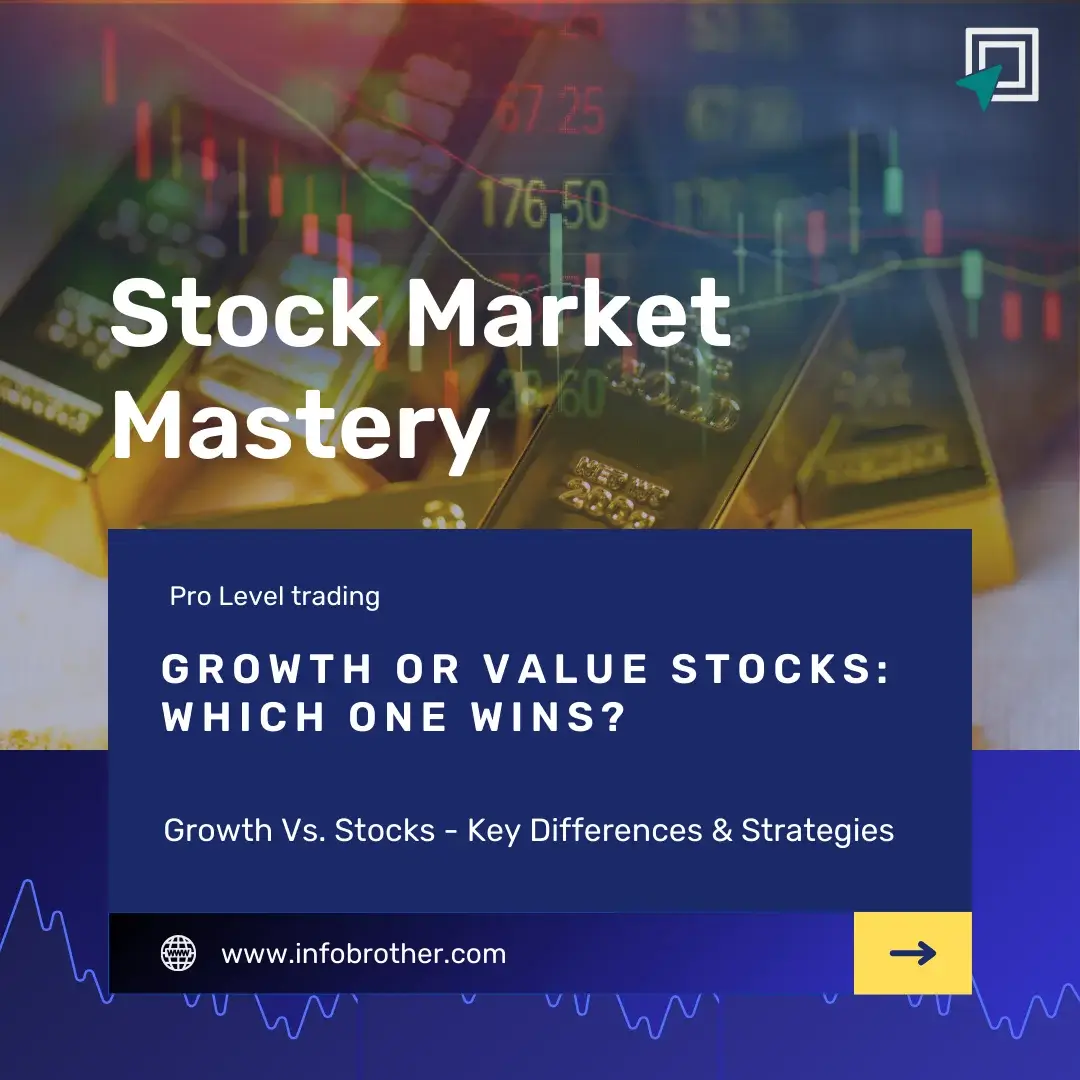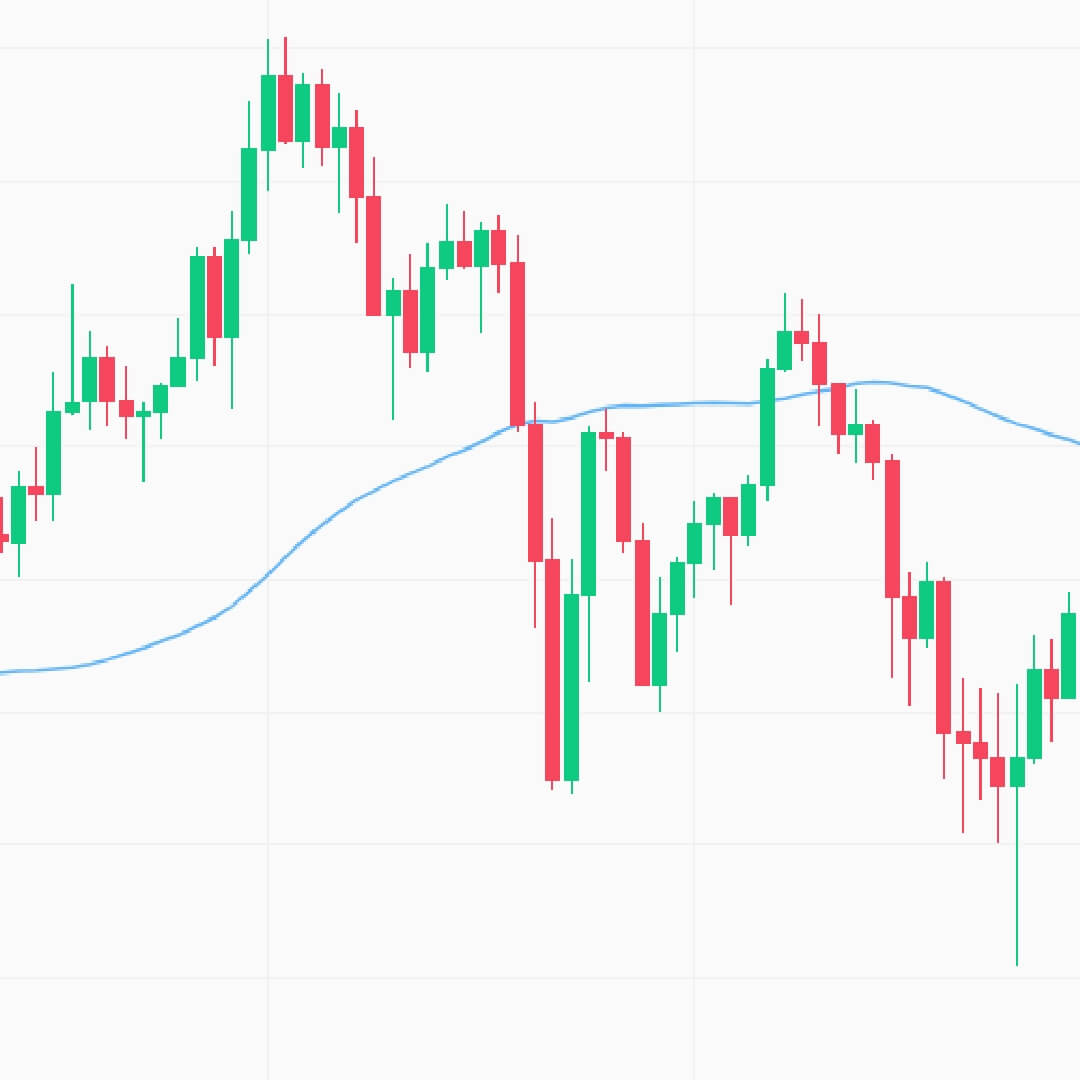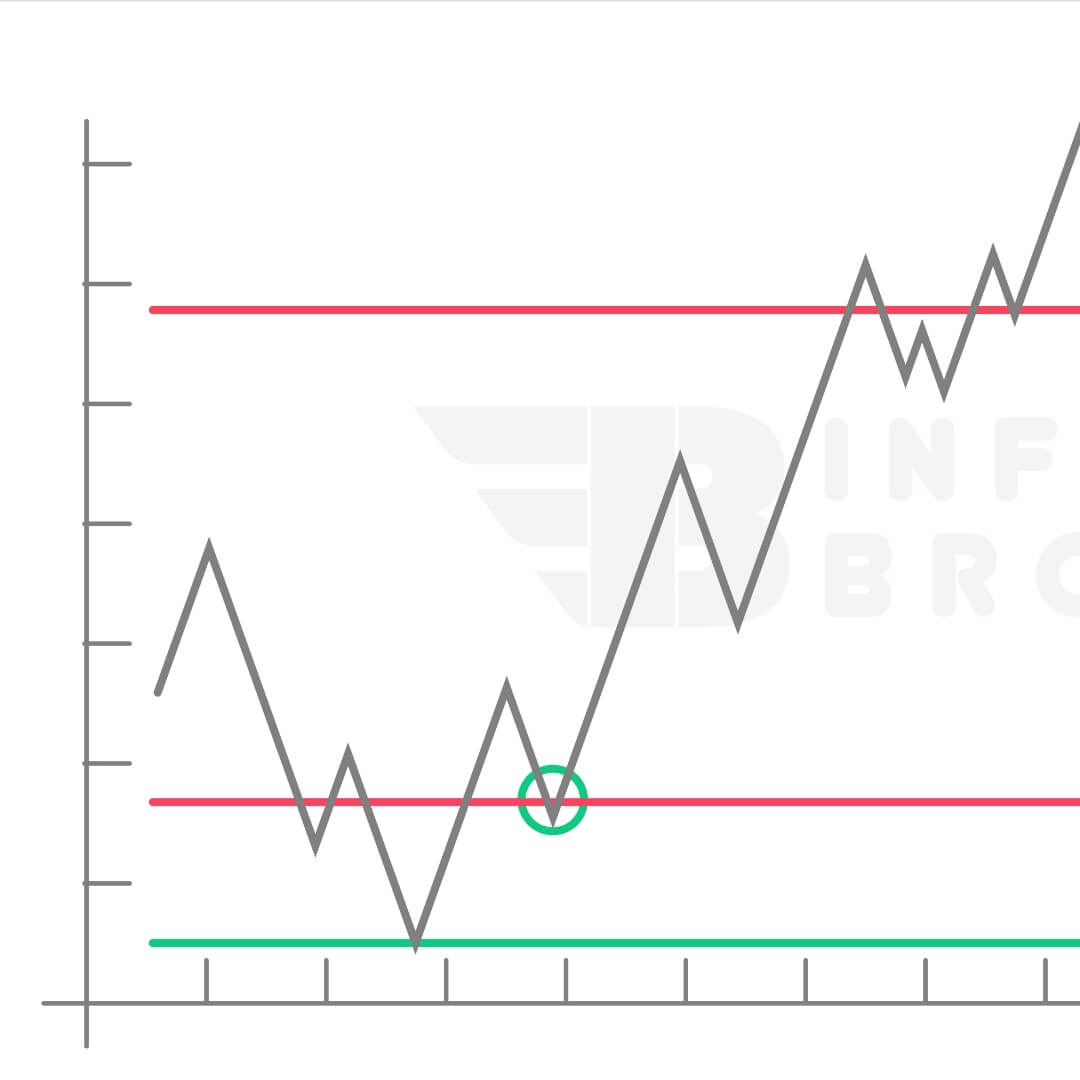Valuevs. GrowthStocks: Key Differences & Strategies Growth vs. Value Stocks - Which One Wins?

Key Takeaways
Welcome to our third lesson, where we'll delve into two main types of stocks:
- Value Stocks
- Growth Stocks
Let's simplify these concepts for easier understanding.
Firstly, let's recap what stocks are.When you buy a stock, you're essentially purchasing a small share of ownership in a company. This means you have a stake in the company's success.
Consider Johnson & Johnson, a multinational corporation known for pharmaceuticals and consumer goods, as an example of a value stock. Think of it as a hidden gem - undervalued but with strong fundamentals for long-term stability. Similar to a reliable old car, Johnson & Johnson offers steady performance and regular dividends. Value stocks are like the tortoise in the investment world, slow and steady, but often reliable over the long haul. They might not offer explosive growth like some other investments, but they can provide stability and consistent returns, making them attractive to risk-averse investors or those looking to build a solid foundation for their portfolio.
Now, consider AMD, a leading semiconductor company known for its high-performance computing and graphics technologies.
AMD falls under the category of growth stocks, appealing to investors looking for high returns in fast-growing sectors, albeit with higher risk. Growth stocks are more like the hare in the investment world - they can sprint ahead quickly but may also stumble just as fast.
Companies like AMD often reinvest their profits to fuel further expansion, which can lead to rapid increases in stock value. However, this growth potential comes with increased volatility, making growth stocks more suitable for investors willing to take on more risk in pursuit of potentially higher returns. It's like riding a roller coaster - exhilarating, but with ups and downs that can make some investors nervous.
Value stocks are generally considered lower risk and offer more modest returns compared to growth stocks, which carry higher risk but also the potential for higher returns. For instance, AMD, being a growth stock, is riskier, much like a new, fast sports car that can accelerate quickly but is more volatile.
Choosing between value and growth stocks is akin to choosing between a steady, reliable savings account (value stocks) and an aggressive stock market fund (growth stocks) for your savings. Value stocks are like putting your money into a savings account - it might not grow as quickly, but it's less likely to lose value over time. On the other hand, growth stocks are more like investing in a high-risk, high-reward venture - you could see significant gains, but you could also lose a lot if things don't go as planned.
Think of value stocks like Johnson & Johnson as the dependable backbone of your investment portfolio. They have a solid reputation for weathering economic downturns, so they're like a strong house that keeps you safe during a storm.
On the other hand, growth stocks like AMD can experience rapid appreciation due to innovations, but they also come with the risk of sharp declines. Unlike value stocks, growth companies often reinvest profits to fuel further growth, resulting in increased volatility.
Investing in growth stocks requires a different approach than investing in value stocks. They're more suitable for investors seeking aggressive, short-term gains despite the higher risk involved.
Growth investors need to be comfortable with uncertainty and volatility, as well as willing to tolerate the possibility of significant losses in pursuit of potentially high rewards. They also need to be diligent about staying informed about the companies they invest in, as well as the broader market and economic trends that could affect their investments.
It's like navigating a maze - there are plenty of twists and turns along the way, and success often requires a combination of skill, knowledge, and luck.
SUMMARY
Value stocks offer stability and are ideal for risk-averse investors, while growth stocks suit those seeking higher returns despite greater risks. It's essential to align your investment choices with your financial goalsand risk tolerance. A balanced portfolio incorporating both types of stocks can provide stability and growth over time. Remember to stay informed and adjust your strategy as needed based on your experience. With patience, discipline, and a solid understanding of the market, you can navigate the world of investing and build wealth over the long term.







